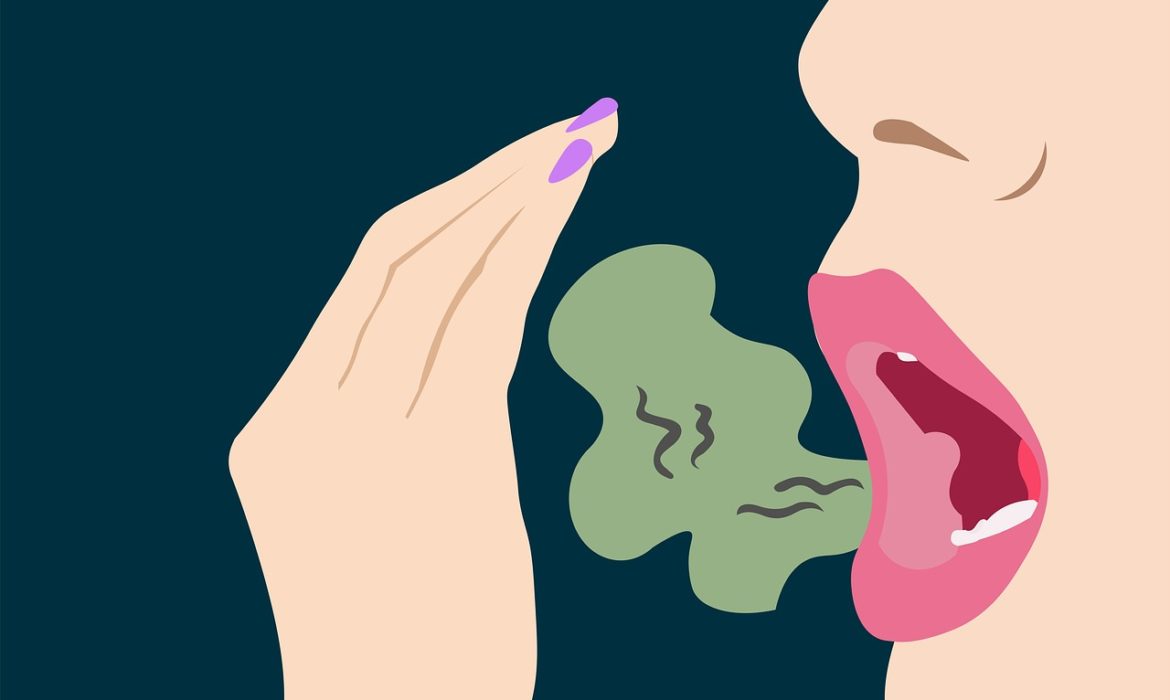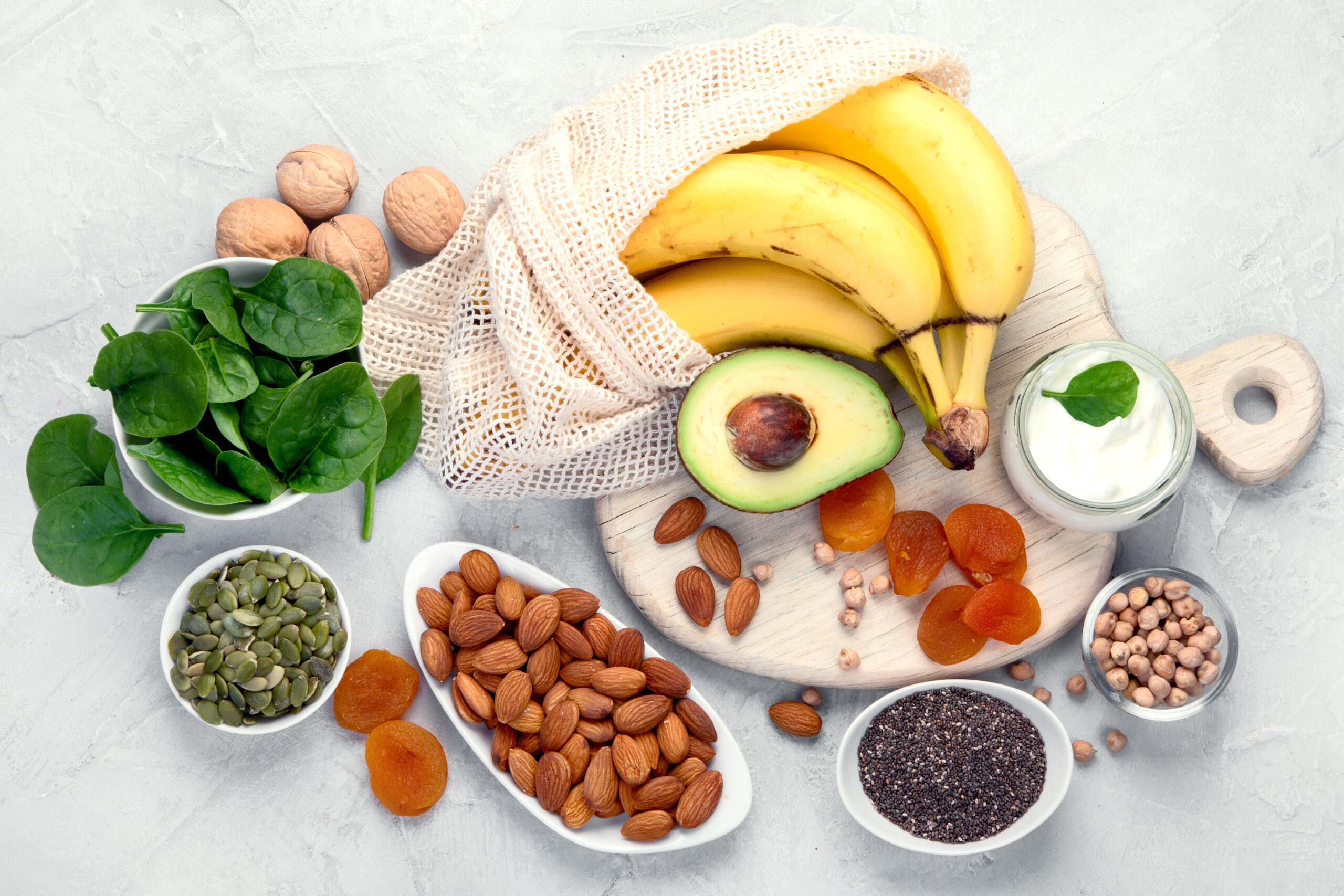The popularity of the low-carb lifestyle has taken off in recent years, boasting a wide array of benefits from weight loss to reversing the clinical signs of type 2 diabetes to improving heart disease markers like blood pressure and cholesterol to boosting memory function. When carbohydrates are restricted, and the carbohydrate-derived glucose in the body is in short supply, the body converts fat into compounds called ketones and uses them as its primary source of fuel. This metabolic process is known as fat oxidation but is commonly known among health circles as “fat burn.”
How quickly does it take to enter a fat burn state? The time it takes is unique to each person and depends on many cumulative lifestyle factors. Activity level, body composition, and prior carbohydrate intake play a significant role in how efficiently the metabolism can switch from burning glucose to burning fat. For example, someone eating a diet rich in sugary foods and carbs has been burning glucose for years and will need a longer time to adapt to burning ketones compared to someone who’s restricted carbs for a while. Given this, there are still ways to speed up reaching fat burn with a little bit of planning and effort. While no two metabolisms respond precisely the same, most healthy people can follow a general guideline for achieving fat burn that much faster by lessening carbohydrate intake, eating more high-quality fats, incorporating fasting, ramping up physical activity, and tracking metabolic markers.
Significantly cut your carbs
The most influential determinant of how readily your body can reach fat burn is the amount of glucose available to it, which means that depleting the body of glucose by strictly limiting the number of carbs that you eat is essential. For those following a fat burn lifestyle, “counting carbs” is critical. But in practice, many choose to monitor the number of net carbs they’re consuming. The FDA doesn’t formally define this terminology, but knowing a food’s net carbs is key because it refers to the number of digestible carbohydrates in a food, as it is the digestible carbohydrates that are broken down, absorbed by the body, and cause spikes in blood sugar levels. Carbohydrates like fiber and sugar alcohols are not broken down and digested. Therefore, they do not adversely affect the body. So, knowing your net carbs can give you a more accurate sense of how your metabolism may respond to your food. Here’s how to calculate it:
Net carbs = total carbohydrates (grams) – fiber (grams) – ½ sugar alcohol (grams).
How many carbs should we be eating? No specific protocol is recommended for restricting carbs since the amount of restriction needed to enter fat burn varies by individual depending on caloric intake and physical activity. Some need to cap their carbs to less than 20 grams per day, while others, like athletes, can achieve fat burn while consuming more. But one study published in PLoS ONE showed that adults with type 2 diabetes were able to maintain blood ketone levels within a certain target range when consuming 20 to 50 grams of carbs per day, suggesting that this range might be suitable for those who want to get into fat burn to stabilize their blood sugar levels, improve their heart health, and lose weight.
Cutting out carbs gradually may be most comfortable, especially for those just starting, but making drastic cuts to the diet is needed if quicker fat burn is the goal. Keeping close tabs on carb intake is crucial because sugar can hide in common foods and slip under the radar. Having suitable low-carb recipes and snacks at the ready can make all the difference.
So what should you be eating to best burn fat for fuel? Experts agree that your food should consist of primarily whole, nutrient-dense foods and high-quality fats. Keeping the carbs on your plate at bay for the purpose of oxidizing fat means you’ll need to prioritize fat as the primary nutritional component of your diet. Many consume 60% to 80% of their daily calories from fat. Sticking to the following healthy fat sources will boost your ketone levels and be vital in helping your body quickly transition to using fat for fuel:
Meat (red meat like beef ribeye steak and skirt steak, pork ribs, chicken thighs, turkey, ham, sausage, bacon)
Fatty fish (salmon, trout, tuna, mackerel)
Eggs (pastured eggs, omega-3 whole eggs)
Butter and cream (grass-fed butter, heavy cream)
Cheese (cheddar, goat, cream, blue, mozzarella)
Oils (coconut oil, extra virgin olive oil, avocado oil, macadamia nut oil)
Nuts and seeds (macadamia nuts, Brazil nuts, sesame seeds, pumpkin seeds)
Avocados (whole avocados or guacamole)
Low-carb vegetables (broccoli, cauliflower, kale, leafy greens, onions, peppers)
Which higher-carb foods should you limit or steer clear of?
Sugary foods (fruit juice, soda, smoothies, cake, ice cream, candy)
Starches and grains (wheat-based products, rice, cereal, pasta)
Fruit (all fruit except small portions of berries)
Beans or legumes (peas, lentils, chickpeas, kidney beans)
Root vegetables and tubers (potatoes, sweet potatoes, parsnips, carrots)
Sweetened condiments or sauces (ketchup, barbecue sauce, honey mustard, teriyaki sauce, ketchup)
Unhealthy fats (processed vegetable oils, mayonnaise)
Alcohol (beer, liquor, high-carb wine)
Sugar-free diet foods (sugar-free candy, syrups, puddings, sweeteners)
Practice fasting
Depriving the body of glucose to burn from food is probably the most impactful when it comes to fast-tracking your body into a state of fat burn, but many practice some type of fasting regimen in conjunction with eating low-carb for even more accelerated results. There are many different ways to fast, and it’s worth trying different methods to see which works best for you. A popular method is to practice regular intermittent fasting, eating only during a specified time window – say, for eight hours – during the day. One 2019 study finds that the fat burn achieved by skipping breakfast after a night without eating is an effective way to shed excess weight.
Amp up your exercise
Physical activity is a powerful way to deplete the body of stored glucose called glycogen. Glycogen is found mainly in muscle and liver tissue and is usually restocked when we eat carb-heavy foods. But when we aren’t eating as many carbs, and the glycogen reserves are low, the liver produces more ketones to help the body oxidize fat for its energy. So, for this reason, increasing the intensity of exercise helps reach fat burn that much faster, and exercising while fasting appears to enhance the benefit by amplifying blood ketone production even more.
Track your ketones often
Training your body to burn fat for energy ultimately requires you to limit the amount of glucose you’re providing, but given the fact that there’s no one-size-fits-all when it comes to how many carbs is too many, it is essential that you can observe how your food choices – and your many other lifestyle choices – impact your metabolic response as you make them. The process of reaching fat burn is highly individualized, so it is helpful to track your ketone levels throughout the day. Closely following your levels helps determine which foods, fasting regimens, and physical activities promote fat burn or inhibit it. You will know instantly whether you need to make any changes to stay on the right path. Acetone is one type of ketone body that can be found and measured in the breath. Using Biosense® to test acetone breath levels is a simple, accurate, and reliable way to monitor how well you’re burning fat so that you can most efficiently achieve your metabolic health goals.



